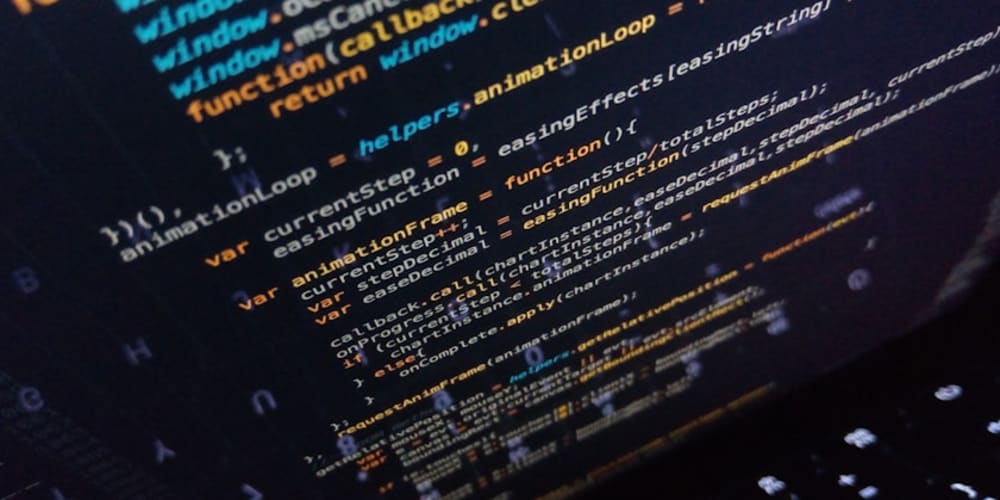This is a Plain English Papers summary of a research paper called Comprehensive TableBench Dataset Advances Table Question Answering. If you like these kinds of analysis, you should join AImodels.fyi or follow me on Twitter.
Overview
- TableBench is a comprehensive and complex benchmark for evaluating table question answering systems
- It covers a wide range of table types, question types, and reasoning skills
- The benchmark aims to advance the field of table question answering by providing a challenging and diverse dataset
Plain English Explanation
TableBench is a new dataset designed to test the abilities of machine learning models when it comes to answering questions about tables. Tables are a common way to organize and present data, and being able to understand and reason about the information in tables is an important skill for question answering systems and language models.
The TableBench dataset includes a wide variety of table types, question types, and reasoning skills that models need to master. For example, some tables might have complex structures with nested headers, while others might have numerical data that requires mathematical reasoning. The questions can also vary in their complexity, requiring different levels of understanding and inference.
By providing this diverse and challenging benchmark, the researchers hope to push the boundaries of what language models and table prediction systems are capable of. The ultimate goal is to create systems that can truly understand and reason about the information in tables, which has many practical applications in areas like data analysis, question answering, and decision-making.
Technical Explanation
The TableBench dataset was constructed by the researchers to address the limitations of existing table question answering benchmarks. They collected a large and diverse set of tables from various sources, including websites, databases, and spreadsheets, and then generated a wide range of questions that test different reasoning skills.
The tables in the dataset cover a variety of domains, including finance, science, sports, and more. They also have different structures, such as tables with nested headers, tables with multiple sections, and tables with a mix of numerical and textual data. The questions span different types of reasoning, including literal understanding, numerical reasoning, logical inference, and contextual reasoning.
To ensure the quality and diversity of the dataset, the researchers employed a multi-step process. First, they used a combination of automated and manual techniques to generate the initial set of tables and questions. Then, they conducted extensive filtering and validation to remove low-quality or ambiguous items. Finally, they recruited a team of annotators to review the dataset and provide additional feedback and refinements.
The resulting TableBench dataset contains over 100,000 table-question pairs, making it one of the largest and most comprehensive benchmarks in the field. The researchers hope that this dataset will serve as a valuable resource for researchers and practitioners working on table question answering and related tasks.
Critical Analysis
One of the key strengths of the TableBench dataset is its diversity and complexity. By including a wide range of table types and question types, the researchers have created a challenging benchmark that pushes the boundaries of current table question answering systems. This is important because real-world applications often involve dealing with complex and varied data, and the ability to handle such complexity is a critical requirement for practical deployment.
However, the researchers do acknowledge some limitations of the dataset. For example, the tables in TableBench are mostly static and do not reflect the dynamic nature of real-world data sources, which can change over time. Additionally, the dataset focuses on English-language tables and questions, and it is unclear how well the benchmark would translate to other languages or cultural contexts.
Another potential concern is the potential for bias in the dataset. While the researchers have made efforts to ensure diversity, it is possible that certain biases or patterns could still be present in the data. This is an important consideration, as machine learning models can often pick up on and amplify these biases if they are not carefully addressed.
Overall, the TableBench dataset represents a significant advancement in the field of table question answering, and it is likely to become an important resource for researchers and practitioners working in this area. However, as with any benchmark, it is important to consider its limitations and to continue exploring new and innovative approaches to this challenging problem.
Conclusion
The TableBench dataset is a comprehensive and complex benchmark that aims to advance the state of the art in table question answering. By providing a diverse set of tables and questions, the researchers have created a challenging resource that can help drive progress in areas like natural language processing, data analysis, and decision-making.
While the dataset has some limitations, it represents a significant step forward in the field and is likely to become an important tool for researchers and practitioners working on table-related tasks. As the field continues to evolve, it will be interesting to see how machine learning models and question answering systems perform on this benchmark and how the research community responds to the challenges it presents.
If you enjoyed this summary, consider joining AImodels.fyi or following me on Twitter for more AI and machine learning content.



















